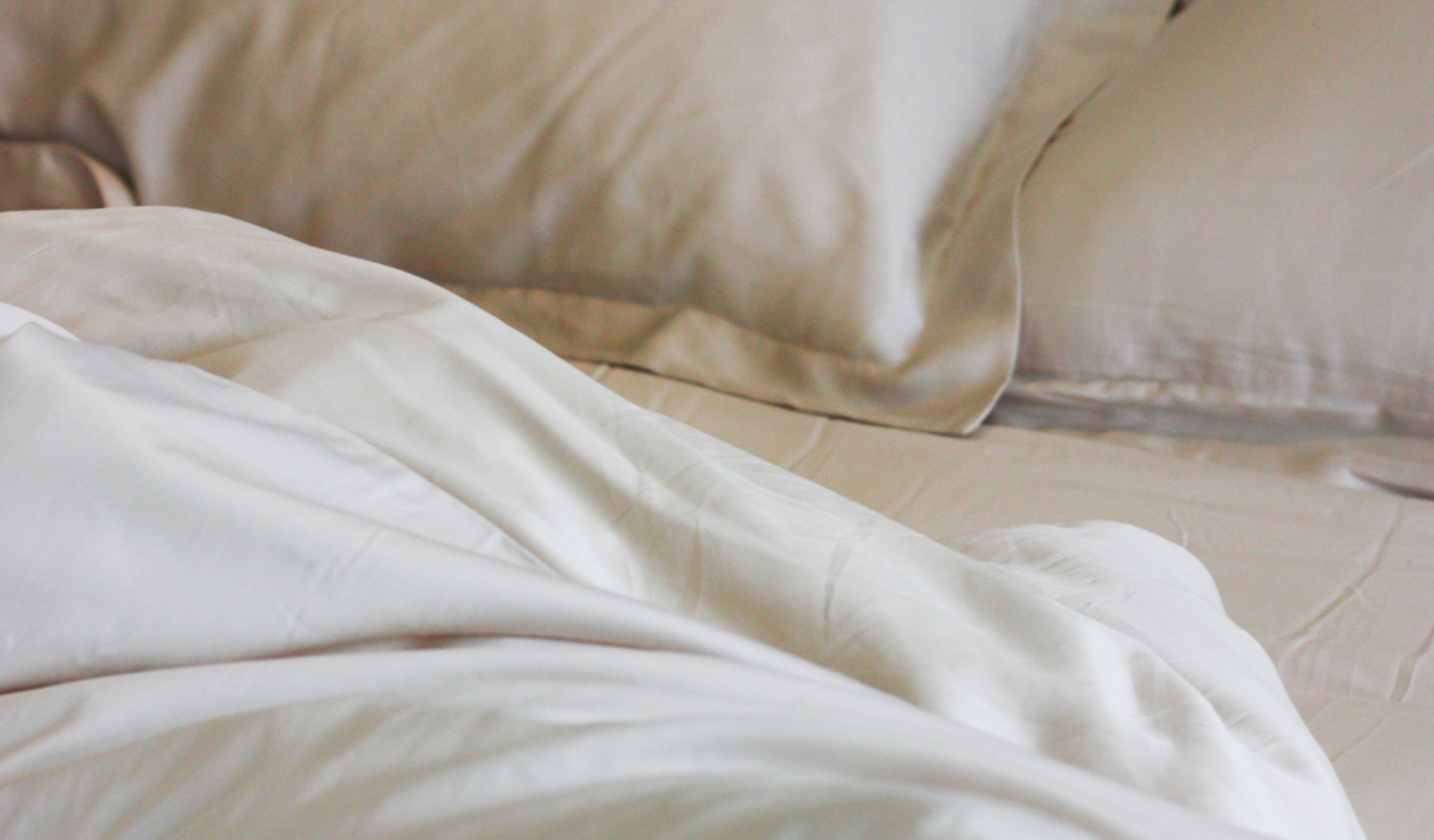If your pillow is more than a couple of years old, what’s inside it might disturb you more than any nightmare.
Pillows aren’t just places we rest our heads, they become sponges for everything our body sheds at night. Skin cells, sweat, oils, dust mites, bacteria, even mould spores—all of it accumulates inside over time.
It’s a perfect storm for allergies, breakouts, and disrupted sleep. Let’s break down the not-so-pretty science behind old pillows and what you can do about it.
1. Pillows Absorb Everything You Shed
Each night, we lose up to 500 million skin cells. Most of them land in our pillowcase or sink through to the stuffing inside your pillow. Combine that with sweat, sebum, and drool? You’ve got a petri dish under your face.
Why it matters:
Dead skin = food for dust mites. And dust mites = allergens, asthma triggers, and inflammation.
2. Sweat and Oil Soak In Over Time
Whether you’re a hot sleeper or live in a humid climate, your pillow absorbs moisture nightly. Even if you use pillow protectors or change your cases weekly, the interior still holds onto:
-
Sweat and body oil
-
Hair product residue
-
Makeup traces
-
Environmental pollutants
Over time, these break down the pillow’s structure and create the ideal conditions for mould and bacteria to grow—especially in humid bedrooms or during seasonal transitions.
3. Bacteria, Fungi, and Mould Can Thrive Inside
In a 2005 study published in Allergy, researchers discovered a shocking diversity of fungal spores inside typical used pillows. Some species found (like Aspergillus fumigatus) are linked to respiratory infections—particularly dangerous for immunocompromised individuals.
Bacteria like Staphylococcus (from skin) and Propionibacterium acnes (associated with breakouts) can also flourish inside.
If you've been waking up with congestion, dull skin, or more acne than usual—your pillow may be the invisible culprit.
4. Flattened, Old Pillows = Bad Spinal Alignment
Let’s not forget function. Over time, pillow fill breaks down, flattens, and shifts. This compromises neck and spine alignment, leading to tension headaches, neck pain, and interrupted sleep cycles.
An unsupportive pillow doesn’t just feel uncomfortable - it subtly trains your body into poor posture and chronic tightness.
So, When Should You Replace Your Pillow?
Every 1–2 years, depending on material and wear.
If your pillow has:
-
Yellowing or stains
-
A funky odour
-
Lumps, dips or flat zones
-
Triggers sneezing or skin issues
… it's probably overdue for a replacement.
Upgrade to a Cleaner, Healthier Pillow
Your pillow is the closest thing to your skin and lungs while you sleep. So the material matters.
Our Bamboo Pillows are thoughtfully engineered with:
-
Hypoallergenic, breathable bamboo fibres
-
Fluffy fill made from recycled fibres + bamboo blend
-
Naturally resistant to dust mites and bacteria
-
Zero static, ultra-soft, and designed for all sleep positions
Paired with our eucalyptus silk pillowcases, they create the cleanest, coolest surface for sensitive skin and peaceful sleep.
Final Word: Don’t Sleep on This
Old pillows are more than just flat, they’re breeding grounds for allergens, microbes, and inflammation. Upgrading isn’t about luxury. It’s about hygiene, health, and long-term wellbeing.
The next time your skin breaks out for no reason, or you wake up feeling foggy, it might not be your hormones, stress, or skincare routine. It could just be your pillow.
👉 Time for a Clean Sleep Upgrade?
Feel the difference from night one with our bamboo pillows - consciously crafted for breathable support, antimicrobial calm, and sleep that actually restores.




Share:
How Often Should I Wash My Sheets? - A Guide To Dirty Bedding (Backed By Lab Studies)
Sleep x Corporate Wellbeing: The Secret Productivity Pill Your Business is Missing